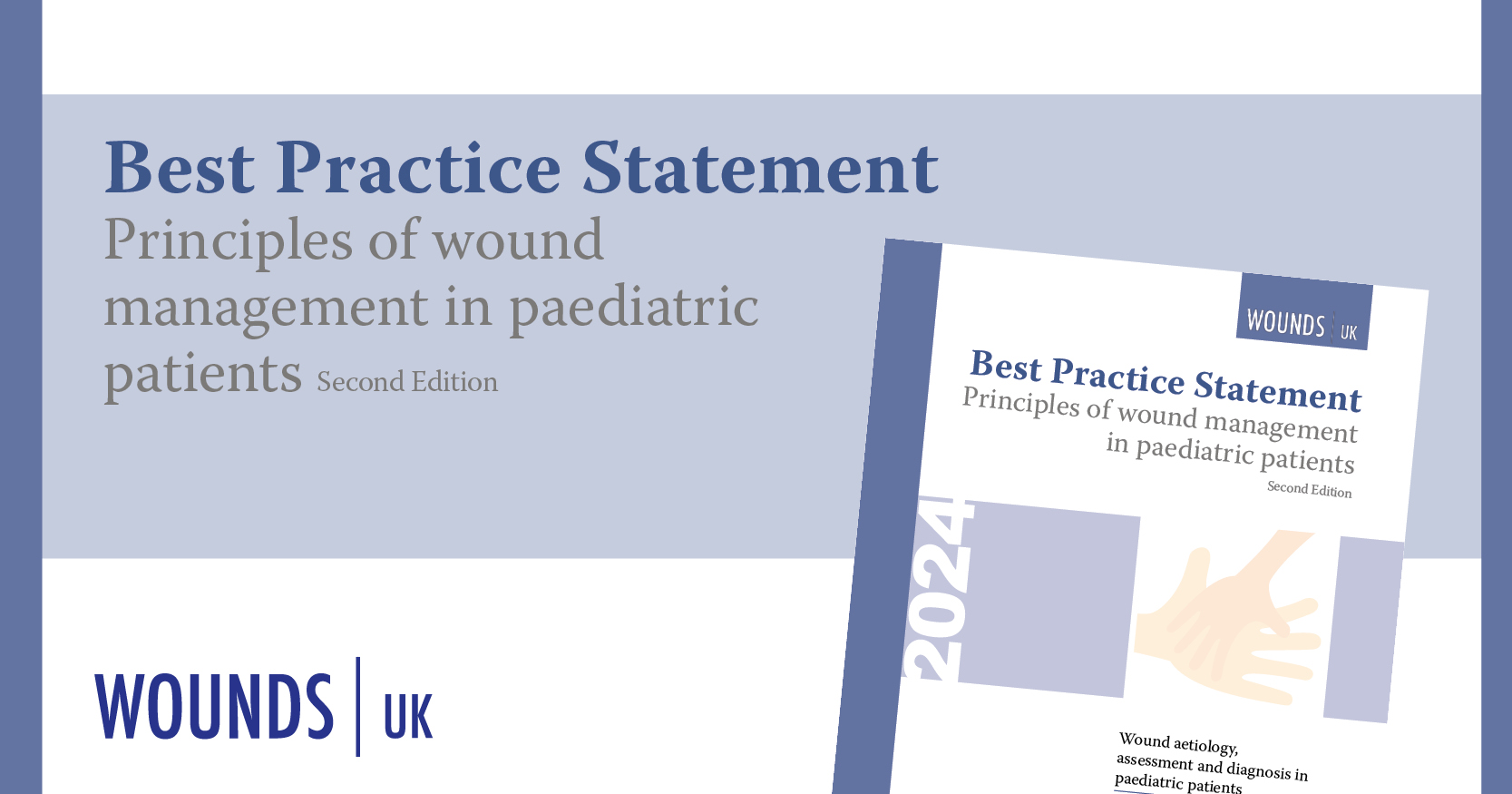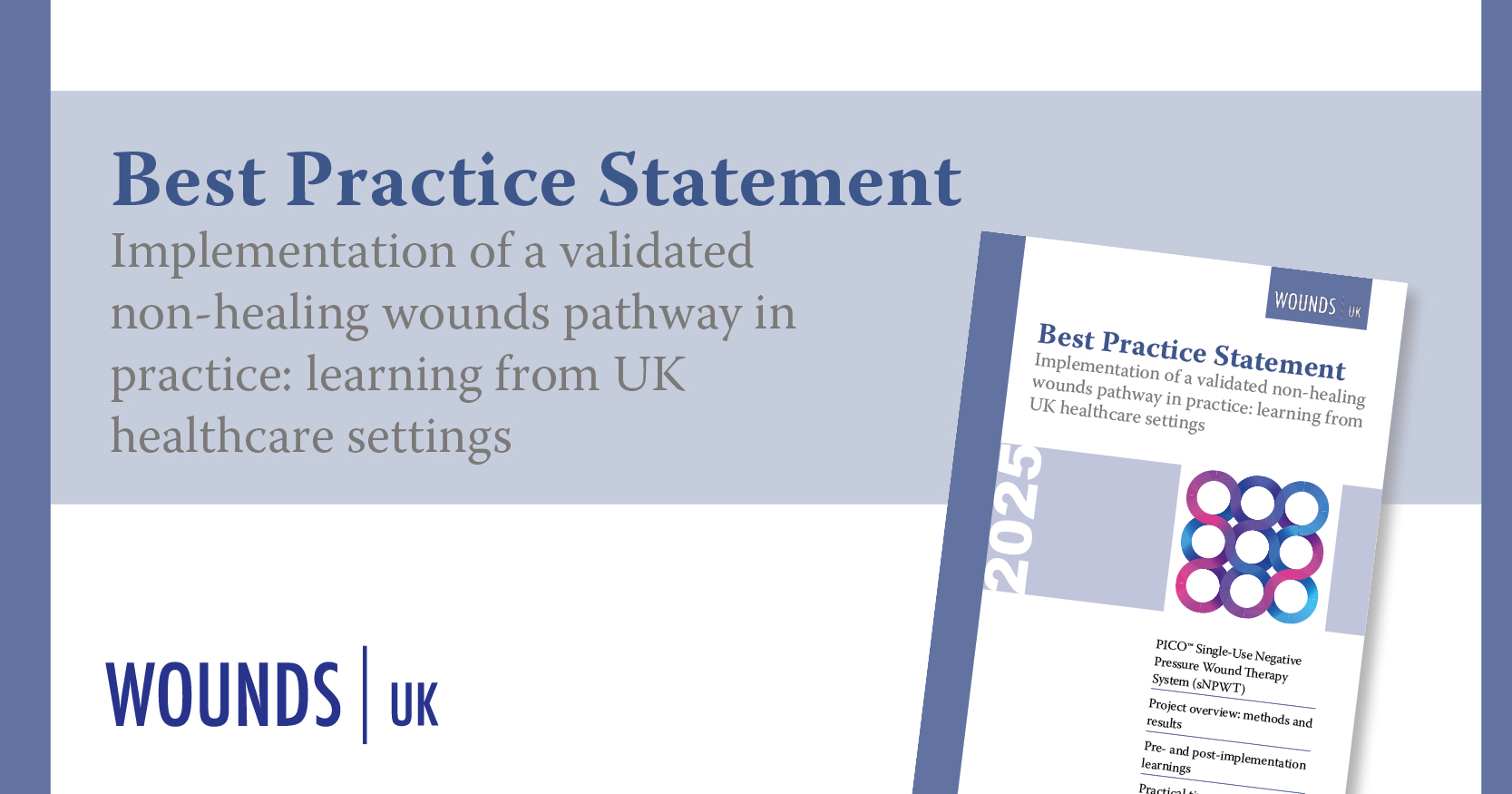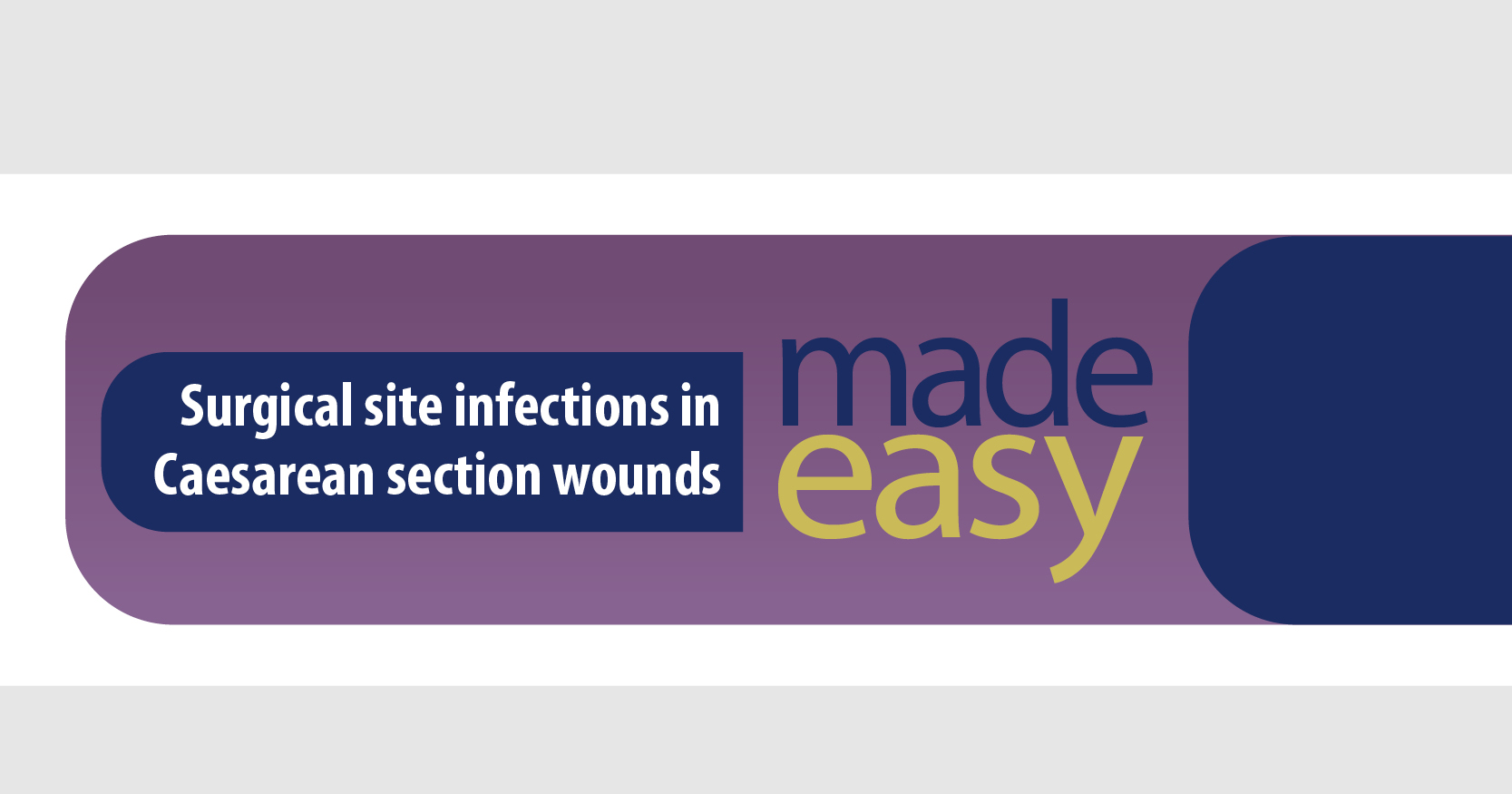ReferencesAndersson V, Bergman S, Henoch I et al (2022) Pain and pain management in children and adolescents receiving hospital care: a cross-sectional study from Sweden. BMC Pediatrics 22: 252
Anekar AA, Hendrix JM, Cascella M (2023) WHO Analgesic Ladder. National Library of Medicine
Association of Paediatric Anaesthetists of Great Britain and Ireland (2012) Good practice in postoperative and procedural pain management, 2nd edition. Paediatr Anaesth 22 Suppl 1:1-79
Atherton DJ (2001) The aetiology and management of irritant diaper dermatitis. J Eur Acad Dermatol Venereol 15(Suppl 1):1-4
Atherton D (2005) Maintaining healthy skin in infancy using prevention of irritant napkin dermatitis as a model. Community Pract 78(7):255-7
Atherton D (2010) Care of the skin in premature neonates. Nurs Practice
Baer EL, Davies MW, Easterbrook KJ (2006) Disposable nappies for preventing napkin dermatitis in infants (Review). Cochrane Database Syst Rev 19 (3): CD004262
Baharestani M (2007) An overview of neonatal and pediatric wound care knowledge and
Considerations. Ostomy Wound Manage 53 (6): 34-55
Bale S, Jones V (2006) Wound care nursing: A patient-centred approach (2nd edition). London: Elsevier Ltd
Baulch I (2010) Assessment and management of pain in the paediatric patient. Nurs Standard 25 (10): 35-40
Beeckman D, Campbell J, Campbell K et al (2015) Incontinence- associated dermatitis: Moving prevention forward. Wounds International
Blume-Peytavi U, Cork M, Faergemann J et al (2009) Bathing and cleansing in newborns from day 1 to first year of life: recommendations from a European round table meeting. J Eur Acad Dermatol Venereol 23 (7): 751-9
Broom M, Dunk AM, Mohamed ALE (2019) Predicting neonatal skin injury: The first step to reducing skin injuries in neonates. Health Serv Invites 12: 1178632919845630
Brown A (2018) When is wound cleansing necessary and what solution should be used? Nursing Times 114: 9, 42-5
Butler CT (2006) Pediatric skin care: Guidelines for assessment, prevention and treatment. Pediatr Nurs 32 (5): 443-50
Denyer J, Pillay E, Clapham J (2017) Best practice guidelines for skin and wound care in epidermolysis bullosa. An international consensus. Wounds International
Dhoonmoon L, Fletcher J, Atkin L et al (2021) Addressing skin tone bias in wound care: assessing signs and symptoms in people with dark skin tones. Wounds UK
Durante CM (2014) An overview of effective techniques in paediatric wound debridement. J Wound Technol 1 (23): 8-11
Emerson ND, Bursch B (2020) Communicating with youth about pain: Developmental considerations. Children 7(10): 184
Fletcher J, Beeckman D, Boyles A et al (2020b) Prevention and management of moisture-associated skin damage (MASD). Wounds International
Fletcher J, Milne J, Gray J et al (2020a) Antimicrobial stewardship strategies for wound management. Wounds UK
Fumarola S, Allaway R, Callaghan R et al (2020) Overlooked and underestimated medical-related skin injuries: Best practice consensus document on prevention. J Wound Care 29: (3 Supp 2): S1-24
Gefen A, Alves P, Ciprandi G et al (2022) Device-related pressure ulcers: SECURE prevention. Second edition. J Wound Care
Gupta AK, Skinner AR (2004) Management of diaper dermatitis. Int J Dermatol 43 (11): 830-4
Has C, Bauer JW, Bodemer C et al (2020) Consensus reclassification of inherited epidermolysis bullosa and other disorders with skin fragility. Br J Dermatol 183 (4): 614-27
Heimall LM, Storey B, Stellar JJ, Davis KF (2012) Beginning at the bottom: evidence-based care of diaper dermatitis. MCN Am J Matern Child Nurs 37(1):10-6
Independent Multidisciplinary Advisory Group (2004) Issues in paediatric wound care: minimising trauma and pain. Tendra Academy Forum
International Wound Infection Institute (2022) Wound infection in clinical practice: Principles of best practice. Wounds International
Janniger CK, Schwartz RA, Szepietowski JC, Reich A (2005) Intertrigo and common secondary skin infections. American Family Physician 72(5): 833-8
Johansson C, Hjalmarsson T, Bergentz M, et al (2012) Technology update: Preventing post-operative blisters following hip and knee arthroplasty. Wounds International 3(2):1-6
Kanagasundaram SA, Lane LJ, Cavalletto BP et al (2001) Efficacy and safety of nitrous oxide in alleviating pain and anxiety during painful procedures. Arch Dis Child 84 (6): 492–5
Kanti V (2014) Postnatal maturation of skin barrier function in premature infants. Skin Pharmacology and Physiology 27: 234-41
Kong F, Galzote C, Duan Y (2017) Change in skin properties over the first 10 years of life: a cross-sectional study. Arch Dermatol Res 309 (8): 653-8
Koval KJ, Egol KA, Hibert R, Spratt KF (2007) Tape blisters after hip surgery: Can they be eliminated completely? Am J Orthop 36 (5): 261-5
Lintzeri DA, Karamian N, Blume-Peytavi U, Kottner J (2022) Epidermal thickness in healthy humans: a systematic review and meta-analysis. Journal of the European Academy of Dermatology and Venereology 36 (8): 1191-200
Lund CH, Kuller J, Lane AT, et al (2001) Neonatal skin care: evaluation of the AWHONN/NANN research-based practice project on knowledge and skin care practices. Association of Women’s Health, Obstetric and Neonatal Nurses/National Association of Neonatal Nurses. J Obstet Gynecol Neonatal Nurs 30(1):30-40
Luo W-J, Zhuo X-Z, Lei J-Y et al (2021) Predictive risk scales for development of pressure ulcers in pediatric patients admitted to general ward and intensive care unit. World J Clin Cases 9 (35): 10956-68
Maruani A, Lorette G, Barbarot S, et al (2013) Reemergence of papulonodular napkin dermatitis with use of reusable diapers: report of 5 cases. Eur J Dermatol 23 (2): 246-9
Mayer D, Tettelbach WH, Ciprandi G et al (2024) Best practice for wound debridement. J Wound Care
McCord S, Levy M (2006) Practical guide to paediatric wound care. Semin Plast Surg 20(3): 192-9
Min M, Malhi JK, Chambers CJ, Sivamani R (2023) Impact of pediatric dermatologic conditions on child and parent quality of life. Cureus 15(7): e42068
National Institute for Health and Care Excellence (2017) NICE guidelines: When to suspect maltreatment in under 18s. Accessed 14.10.2024 at: http://www.nice.org.uk/guidance/cg89
National Institute for Health and Care Excellence (2024) Clinical knowledge summaries:
Nappy rash. Accessed 13.10.2024 at: http://cks.nice.org.uk/nappy-rash#!topicsummary
Nield LS, Kamat D (2007) Prevention, diagnosis and management of diaper dermatitis. Clin Pediatr 46(6): 480-6
Nursing and Midwifery Council (2021) Keep records of all evidence and decisions. London: NMC. Accessed 15.09.2024 at: https://www.nmc.org.uk/employer-resource/local-investigation/guiding-principles/record-evidence-decisions/
Oakley A (2014) Napkin dermatitis. DermNet NZ
Oranges T, Dini V, Romanelli M (2015) Skin Physiology of the Neonate and Infant: Clinical Implications. Adv Wound Care 4(10): 587-95
Ousey K, Gillibrand W, Stephenson J (2011) Understanding and preventing wound blistering. Wounds UK 7(4): 50-6
Patel S, Tomic-Canic M (2014) Neonatal debridement: Tricks or treats. J Wound Technol 1(23):12-3
Rahman N, Petrushkin H, Solebo AL (2020) Paediatric autoimmune and autoinflammatory conditions. Ther Adv Ophthamol 12: 2515841420966451
Ratliff C, Dixon M (2007) Treatment of incontinence-associated dermatitis (diaper rash) in a neonatal unit. J Wound Ostomy Continence Nurs 34(2):158-62
Reaney R, Trower C (2010) Pain management. In: Trigg E, Mohammaed TA, eds. Practices in children’s nursing: guidelines for hospital and community (3rd edition); pp 454-68
Rodgers A (2010) Wound care. In: Trigg E, Mohammaed TA, eds. Practices in children’s nursing: guidelines for hospital and community (3rd edition); pp 354-66
Rogers AJ, Greenwald MH, DeGuzman MA, et al (2006) A randomized controlled trial of sucrose analgesia in infants younger than 90 days of age who require bladder catheterization in the pediatric emergency department. Acad Emerg Med 13(6): 617-22
Rowe J, McCall E, Kent B (2008) Clinical effectiveness of barrier preparations in the prevention and treatment of nappy dermatitis in infants and preschool children of nappy age. Int J Evid Based Healthc 6(1): 3-23
Royal College of Nursing (2023) Record keeping — the facts. London: RCN
Sarkar R, Basu S, Agrawal RK, Gupta P (2010) Skin care for the newborn. Indian Pediatr 47(7): 593-8
Schechter NL (2006) Treatment of acute and chronic pain in the outpatient setting. In: Finley GA, McGrath PJ, Chambers CT, eds. Bringing pain relief to children: treatment approaches. Totowa, NJ: Humana Press
Sibbald RG, Kelley J, Kennedy-Evans KL et al (2013) A practical approach to the prevention and management of intertrigo, or moisture-associated skin damage, due to perspiration: Expert consensus on best practice. Wound Care Canada – Supplement, 11(2): 1-21
Smith HA, Moore Z, Mong HT (2019) Cohort study to determine the risk of pressure ulcers and developing a care bundle within a paediatric intensive care unit setting. Intensive and Critical Care Nursing 53: 68-72
Stamatas GN, Zerweck C, Grove G, Martins KM (2011) Documentation of impaired epidermal barrier in mild and moderate diaper dermatitis in vivo using noninvasive methods. Pediatr Dermatol 28(2): 99-107
Stenberg U, Haaland-Øverby M, Kericho AT et al (2019) How can we support children, adolescents and young adults in managing chronic health challenges? A scoping review on the effects of patient education interventions. Health Expect 22(5): 849-62
Taddio A, Shah V, Hancock R, et al (2008) Effectiveness of sucrose analgesia in newborns undergoing painful medical procedures. CMAJ 179(1):37-43
Vervoot T, Goubert L, Eccleston C, et al (2006) Catastrophic thinking about pain is independently associated with pain severity, disability and somatic complaints in school children with chronic pain. J Pediatr Psychol 31(7): 674-83
Visscher MO, Hu P, Carr AN et al (2021) Newborn infant skin gene expression: Remarkable differences versus adults. PLoS One 16(10): e0258554
Visscher MO, Taylor T, and Narendran V (2013) Neonatal intensive care practices and the influence on skin condition. J Eur Acad Dermatol Venereol 27(4): 486-93
Wallace HA, Basehore BM, Zito PM (2023) Wound healing phases. National Library of Medicine
White R, Butcher M (2006) The structure and functions of the skin: Paediatric variations. In: White R, Denyer J, eds. Paediatric skin and wound care; pp 20-41
Woo KY, Beeckman D, Chakravarthy D (2017) Management of moisture-associated skin damage: A scoping review. Adv Skin Wound Care 30(11): 494-501
World Health Organization (2020) ICD coding 10
World Union of Wound Healing Societies (2019) Wound Exudate, effective assessment and management. Wounds International
World Union of Wound Healing Societies (2020) Optimising wound care through patient engagement. Wounds International
Wounds UK (2023) Explained: MARSI (medical adhesive-related skin injury)
Wounds UK Expert Working Group (2013) Pressure ulcer prevention in the acute setting: Using Aderma in practice. Wounds UK
Young T (2017) Back to basics: understanding moisture associated skin damage. Wounds UK 13(4)







